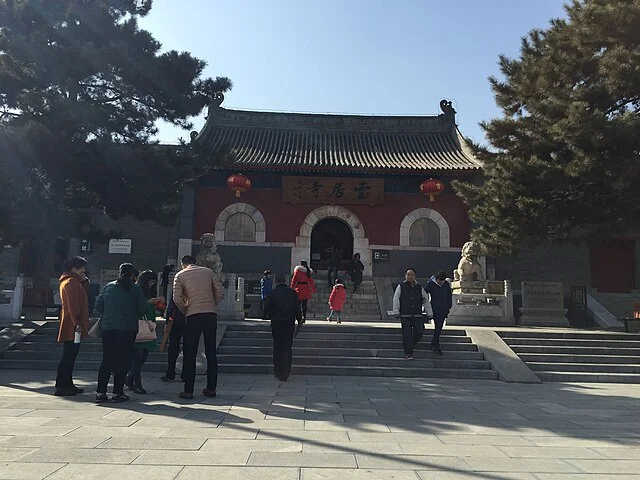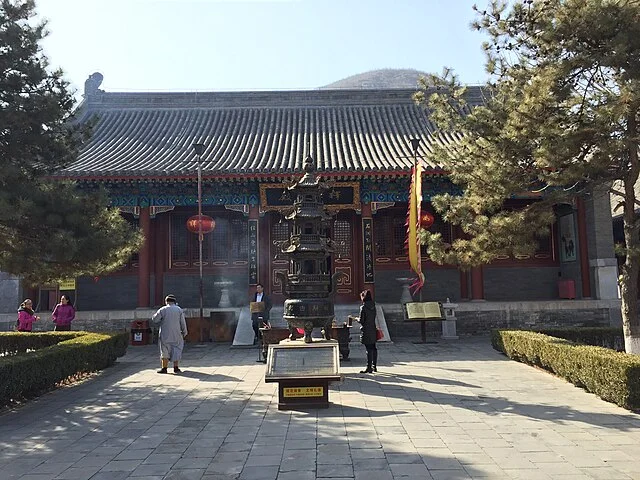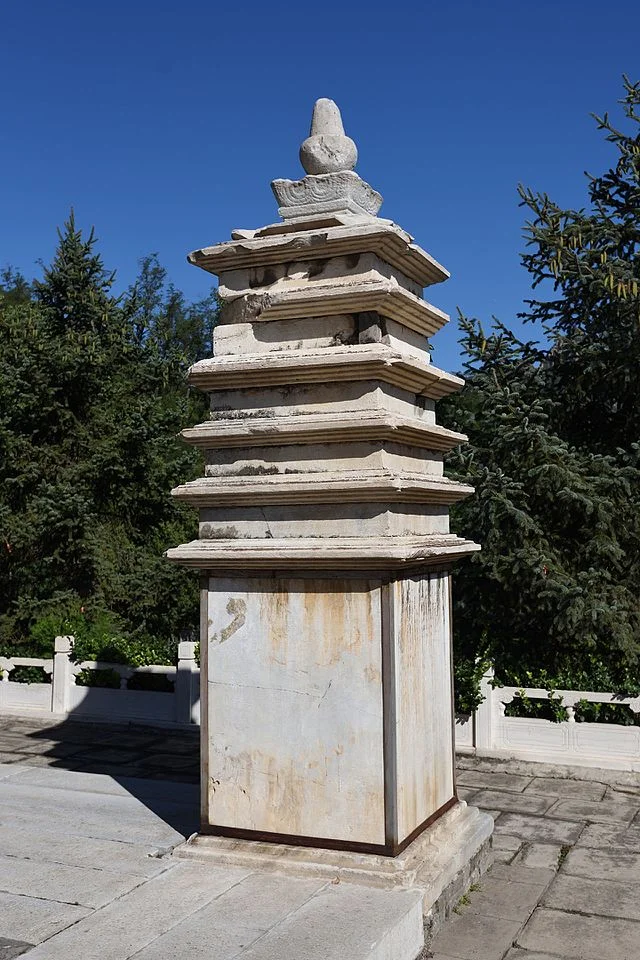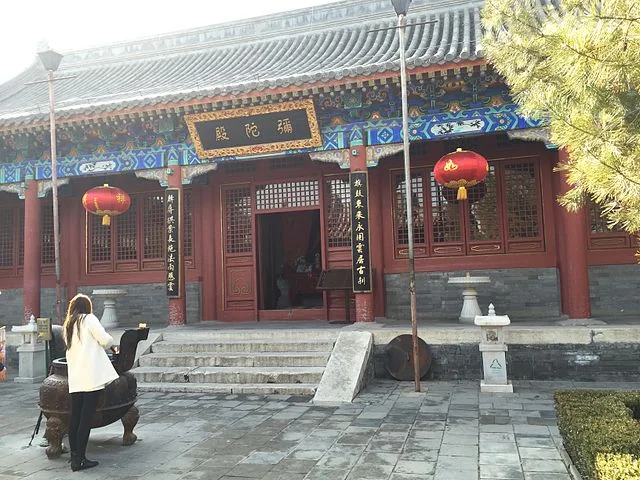Yunju Temple, located in the Fangshan District of Beijing, China, stands as one of the most significant historical and cultural sites in East Asia. Founded during the late 6th century AD, the temple has served as a crucial center for Buddhist art, religious practice, and scholarship. This blog post explores the architectural, historical, and religious importance of Yunju Temple.
Get your dose of History via Email
Origins and Historical Significance

Yunju Temple’s establishment dates back to the Sui Dynasty (581–618 AD). A Buddhist monk named Jingwan originally founded it with support from influential Sui leaders. Jingwan intended Yunju to be a sanctuary for Buddhist teachings and practices. He believed that, as political and cultural turbulence grew in China, preserving Buddhist scripture would protect and spread Buddhist teachings.
The temple’s role grew under the Tang Dynasty (618–907 AD). During this period, China saw significant political expansion, and Buddhist culture thrived. Tang emperors viewed Buddhism as a unifying force and supported temple construction across the empire. Yunju Temple, thus, received royal patronage and underwent several expansions, solidifying its position as a prominent Buddhist center.
The Stone Scriptures

Yunju Temple is best known for its unique “stone scriptures,” a vast collection of Buddhist sutras carved into stone. Jingwan and his followers began carving these scriptures in the late 6th century AD. Over time, generations of monks continued this work. Their aim was to preserve Buddhist texts from potential destruction by engraving them on stone tablets.
The stone scriptures contain over 14,000 engraved slabs, featuring more than 3,000 individual sutras. These slabs represent one of the most extensive efforts to preserve Buddhist writings. They reflect not only religious dedication but also remarkable craftsmanship. Today, these inscriptions are invaluable to scholars and historians studying Buddhist literature and art.
Architectural Features

Yunju Temple’s architectural style showcases influences from the Sui and Tang dynasties. Despite modifications and reconstructions over time, the temple retains several original architectural elements. For instance, the layout includes multiple halls, courtyards, and pagodas. Each structure holds unique religious and historical significance.
The Mahavira Hall serves as the temple’s main structure and contains intricate wooden carvings. This hall is dedicated to the Buddha and is central to religious rituals conducted at Yunju. The temple complex also includes the Hall of Preaching, where monks and scholars gathered to discuss Buddhist teachings. Additionally, pagodas within Yunju Temple contain relics and artifacts, further highlighting the site’s spiritual importance.
The Pagodas of Yunju Temple

Yunju Temple features two significant pagodas: the Tang Pagoda and the Liao Pagoda. These structures symbolize Buddhist teachings and represent an era of architectural innovation.
The Tang Pagoda, constructed during the Tang Dynasty, is notable for its square base and multi-tiered structure. Each level showcases carved Buddhist symbols and iconography. The Liao Pagoda, built during the Liao Dynasty (907–1125 AD), has a more elaborate design with detailed carvings and an octagonal shape. Together, these pagodas serve as landmarks of Buddhist architectural tradition.
Preservation Efforts and Modern Significance

Yunju Temple has undergone several preservation efforts, especially in the 20th and 21st centuries. These projects aimed to protect both the physical structure and the stone scriptures from environmental damage. In 2005, the Chinese government included Yunju Temple on its list of Major Historical and Cultural Sites Protected at the National Level.
In recent decades, the temple has attracted both scholars and tourists interested in Buddhist culture, Chinese history, and ancient architecture. As a historical and religious site, Yunju Temple remains a significant destination for study, meditation, and spiritual reflection.
Conclusion
Yunju Temple stands as a monument to the dedication of Buddhist practitioners over centuries. Its stone scriptures, architectural achievements, and historical legacy offer valuable insights into Buddhist history and Chinese culture. This temple is more than a religious site; it is a repository of cultural heritage that continues to inspire and inform visitors from around the world.
Source:

